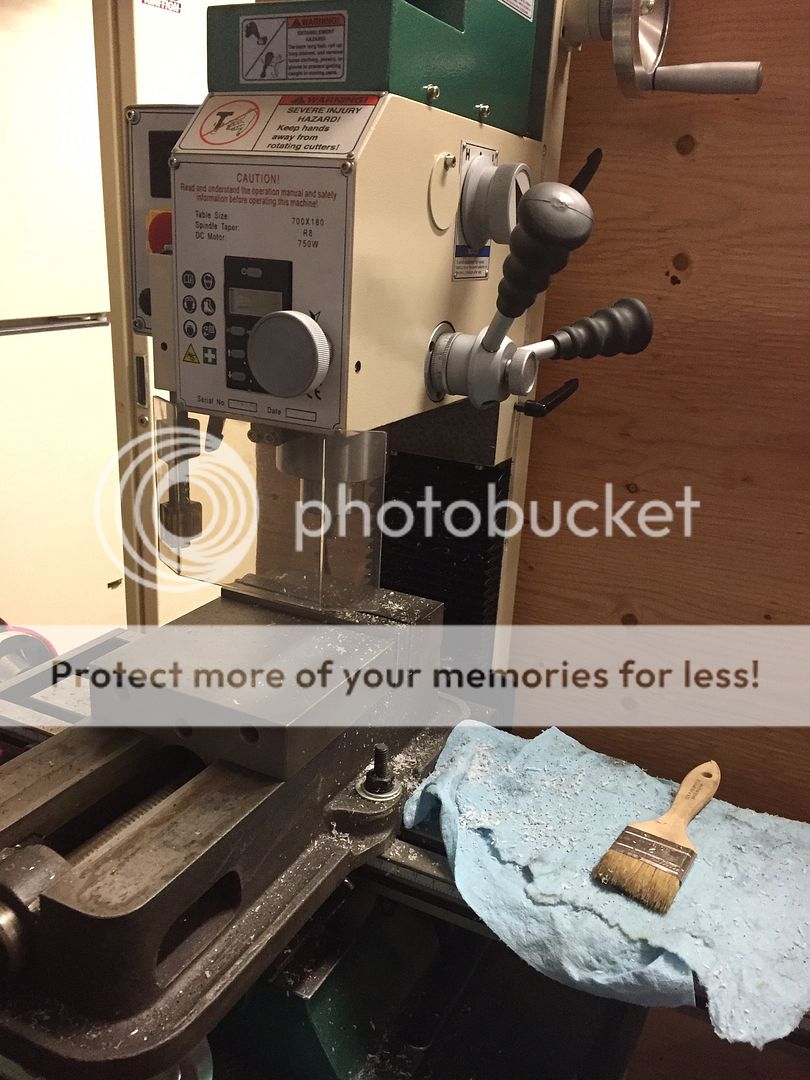JPSWorks
Well-Known Member
I just mentioned in another thread that I posted up that I finally purchased a mill. I ended up going with a new Grizzly G0704. It will be arriving mid to late next week and I am super excited about it. A good friend of my brother is the head of the machine shop at Fike and was a tool and die maker for over 20 years. Fortunately he is going to help me get the mill setup, trammed, and help me with learning to use it properly. For that I am thankful.
Now on to the reason for my post, tooling. I am trying to come up with a list of basic or essential tooling I need to get for the mill. I know one of the biggest and important that any mill needs is a good vice. Any recommendations on a quality@brand vice is much appreciated as I am new to the milling world. This goes for any other tooling as well.
The reason I am asking here is that I know@specific tooling@and end mills@used in knife making will probably differ from someone who is working@on much larger@parts. Is there a specific set of@sizes or styles of end mills that you all recommend? Carbide vs non carbide? Fluted end mills, ball style end mills? The type of knives that I will be making are mostly slip joints and now that I will have a mill I want to start making frame lock folders.
I would really love to have other knife makers opinions on what you all use most when making folders!
Here is a list of things I plan to purchase in the future.
Table clamps (if that what they are called)
Good quality vise
Rotary table
Center Finder
Fly Cutter
Cutting Wheel
Thanks,
John
Sent from my SM-N910P using Tapatalk
Now on to the reason for my post, tooling. I am trying to come up with a list of basic or essential tooling I need to get for the mill. I know one of the biggest and important that any mill needs is a good vice. Any recommendations on a quality@brand vice is much appreciated as I am new to the milling world. This goes for any other tooling as well.
The reason I am asking here is that I know@specific tooling@and end mills@used in knife making will probably differ from someone who is working@on much larger@parts. Is there a specific set of@sizes or styles of end mills that you all recommend? Carbide vs non carbide? Fluted end mills, ball style end mills? The type of knives that I will be making are mostly slip joints and now that I will have a mill I want to start making frame lock folders.
I would really love to have other knife makers opinions on what you all use most when making folders!
Here is a list of things I plan to purchase in the future.
Table clamps (if that what they are called)
Good quality vise
Rotary table
Center Finder
Fly Cutter
Cutting Wheel
Thanks,
John
Sent from my SM-N910P using Tapatalk





